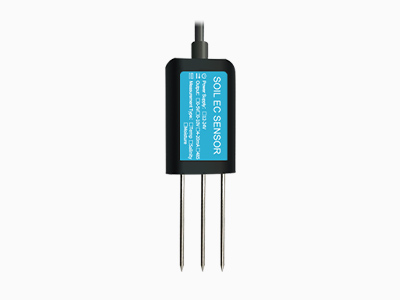Using a soil NPK (Nitrogen, Phosphorus, and Potassium) tester can help you assess the nutrient levels in your soil, which is essential for maintaining healthy plants. Here are the general steps for using a soil NPK tester:
steps for using a soil NPK tester:
- Prepare the Soil: Select the area in your garden or plant pot where you want to test the soil. Use a trowel or shovel to dig down into the soil and collect a sample from the root zone of the plants you want to test.
- Gather the Equipment: Get your soil NPK testers or meter ready. These devices typically come with probes or sensors to measure the nutrient levels in the soil.
- Insert the Probe: Follow the instructions provided with your soil NPK sensor to insert the probe or sensors into the soil sample. Make sure to push the probe deep enough to reach the root zone where the nutrients are most relevant.
- Wait for Reading: Allow the soil NPK tester to take a reading. This may involve waiting for a few seconds or minutes, depending on the specific device you are using.
- Interpret the Results: Once the soil NPK tester has completed its measurement, it will display the levels of nitrogen, phosphorus, and potassium in the soil. Some testers may also provide recommendations for fertilization based on the results.
- Adjust Fertilization: Based on the readings from the soil NPK sensor, you can adjust your fertilization practices to ensure that your plants receive the appropriate nutrients. If the levels are too low, you may need to add specific fertilizers to supplement the soil.
- Record and Monitor: Keep a record of the soil nutrient levels and any adjustments you make to your fertilization routine. Regularly monitor the soil to track changes in nutrient levels over time.
It’s important to note that different soil NPK testers may have specific usage instructions, so always refer to the user manual provided with your particular device for the most accurate guidance. Additionally, be sure to calibrate your soil NPK tester according to the manufacturer’s instructions to ensure accurate readings.
